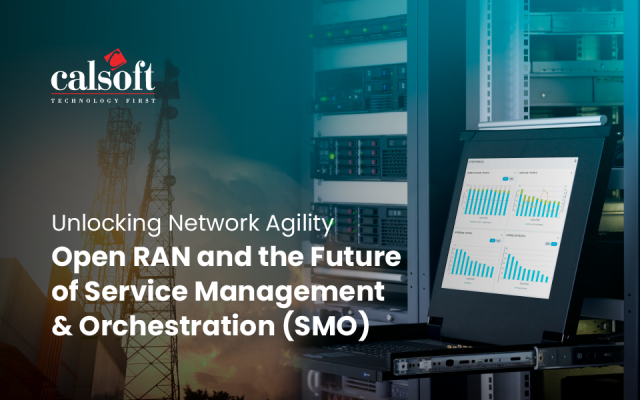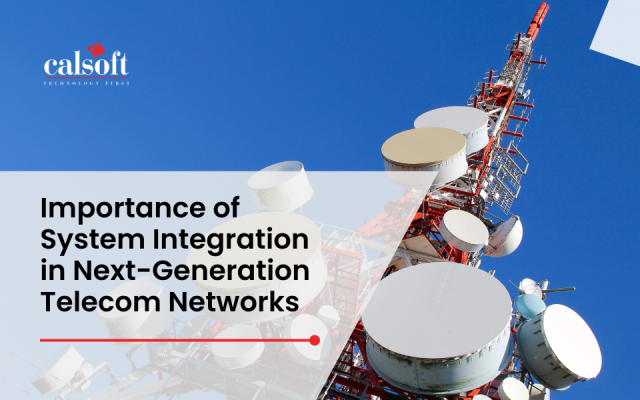If you have been following us recently you would know of the wonderfully informative webinar our marketing folks put together with our technology team on the need for modern DataCenters to consider Storage that was Virtualization aware.
I have to confess more than a passing interest in the whole Virtualization space since the early days when VMware was founded by fellow UC Berkeley alum Diane Green and Mendel Rosenblum in 1998 (incidentally the same year as Calsoft). Apart from these, more personal, connections the whole approach of running several instances of guest operating systems on the same hardware seemed fascinating. As a young company developing products in the Storage space this was a boon when it came to testing for load the products we were developing.
Those days are, of-course, long gone and now the use cases for Virtualization in general and VMWare in particular are everywhere but let’s focus on their increasing role in the Data center. The Q is why start making provisions for Virtualization in the data center now? Well for one it’s clear that there is more Virtualization everywhere – Gartner reported that Virtualization crossed 50% of all server workloads a couple of years ago and is slated to go up to as much as 86% of all server workloads in 2016. It’s clear that Virtualization is here in force in the datacenter.
Traditional storage protocols like iSCSI, SCSI, NFS and the like are pre-virtualization and talk the language of LUNs and Volume which doesn’t map well to the VM world now. This imposes challenges of management within the data centers as storage struggles to implement even basic management functions on VMs. VW-Aware Storage has been defined in Wikipedia as having been “designed specifically for managing storage for virtual machines (VMs) within a virtual infrastructure. VM-aware storage allows storage to be managed as an integrated part of managing VMs rather than as LUNs or volumes that are separately configured and managed.”
The rationale being that storage would then become much simpler to use and manage once you made specific provisions for differences in functionality between traditional storage and of VMs.
One interesting thread is how so many vendors, including startups, are figuring out ways for the storage array and the hypervisor to talk better to each other so that in addition to the usual tasks of the Hypervisor the array can also pass on specific tasks like copying and shifting data and other management linked tasks. The VAAI API’s from VMware being an example that allows such communication.
The Question is what is the downside? Well as things stand one possible challenge could be that since the space is still defining itself the customers are left with some potentially tough choices to make. There are storage platforms out there that are designed to handle nothing but Virtualized loads – not a situation that many enterprises or data centers would be comfortable with. The alternative is to consider storage that is equipped to deal with traditional as well as virtualized loads – the question is how much of a compromise is that either way? It is not clear how many enterprises or data centers are ready to pick sides this early in the game and this could potentially mean a slower than expected adoption for VM Aware Storage.
That being said the consensus seems to be that with so many great companies (Nutanix, Tintri) focusing their attention on making your data center storage VM Aware the promised benefits of easier management, better monitoring and faster and simpler provisioning of your storage will likely come your way sooner rather than later. Oh and if you didn’t catch that webinar then the recorded event is here give it a listen. I promise you will find it interesting.
To know more email: marketing@calsoftinc.com
Anupam Bhide | Calsoft Inc.






